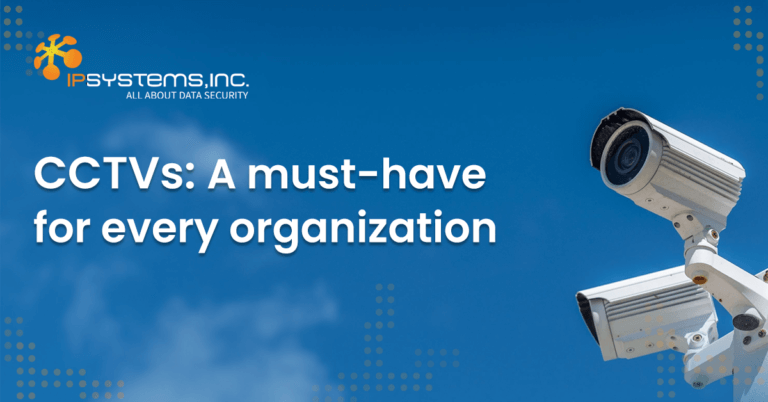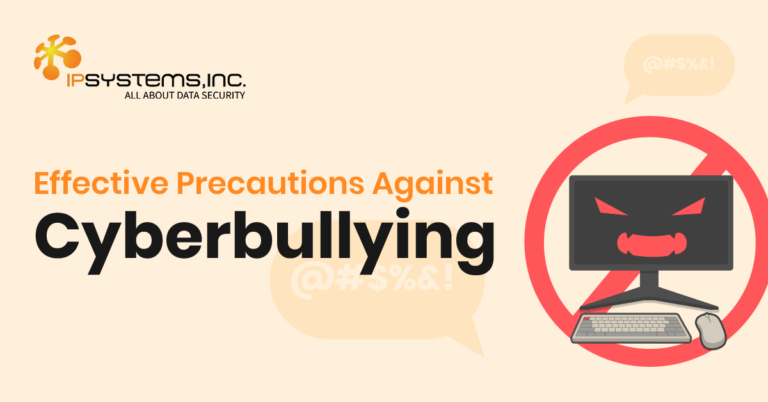
Innovating your Business with Green Data Centers
Blog: Innovating your Business with Green Data Centers Data centers are centralized facilities equipped with essential hardware like servers, storage devices, and networking equipment.

There are many concepts in cybersecurity whose meaning elude even veteran security practitioners. "Patch management" is one of such ideas. While it's actually not as difficult as the name appears intimidating, it's best to understand patch management by breaking it down into its components.
A software patch is a piece of code that aims to fix a specific bug or add new features to an application. Therefore, patch management refers to the process of managing a network of computers through regular patch deployments to keep computers up-to-date. It distributes and applies patch updates to the various computer and network software and applications. In more common terminology, you’re more likely to hear the errors that patches fix referred to as “bugs” or “vulnerabilities.”
Applications, embedded systems (such as network equipment), operating systems, and so forth are common recipients of software patches. A patch is a response released as soon as someone discovers a vulnerability in software. It helps to ensure that digital assets remain free of compromise and are not subject to exploitation.
There are several reasons to do patch management. It includes:
Patch management takes care of vulnerabilities on applications and software prone to cyber-attacks. Therefore, it helps to minimize the security risk of bugs in your organization.
A comprehensive patch management software or system keeps your applications and software up-to-date and in optimal working condition.
As cyber-attacks continue to rise, regulatory compliance requires organizations to maintain an optimal level of protection. Patch management is necessary to conform and adhere to compliance standards.
Software bug fixes are not the only component of patch management. It also includes feature and functionality updates. Patches are an essential means for getting the most recent improvements on a product.
1. It provides a more secure environment. Regular patch management helps to manage and minimize the risk that exists within the context of a company. This method is a way to protect your organization from potential security breaches.
2. It ensures your business has happy customers. If your organization sells a product or service where customers must use your technology, the said technology has to work. That means you'll dedicate time and other resources to ensure that there are no downtimes or outages when users expect the software to work. This principle also applies to security; customers are especially happy if your product works, and their data is safe. They have nothing to worry about except how to maximize their utility of it creatively.
3. Your business avoids unnecessary non-compliance fines. If you're a business in the Philippines (or doing business here), it's imperative to consider regular patching to meet compliance standards. Regulatory bodies are watching like hawks to protect the consumer and Filipino national interests. Therefore, you're most likely in compliance if your patch management works.
4. Patch management provides a way to do continuous product innovation. Implementing patches can help your business to update its technology with improved features and functionality that customers care about. It provides a way for your organization to deploy the latest improvements to your software at scale.
It’s true that bugs have an impact on your systems and networks. But, merely patching these vulnerabilities by installing new patches as soon as they’re available can be equally detrimental. Each patch that you overlay on your organization’s inventory comes with considerable impact. That’s why patching programs need to be strategic.
Effective patch management should derive from a detailed organizational process that accounts for security and cost in [nearly] equal measure.
1. Develop a valid and dynamic inventory of every production system at your business operation. An ideal way to do this is to do it on a quarterly or monthly basis in order to have a good overview of the assets that exist in your ecosystem.
Using appropriate digital asset management strategies, you'll know everything you need to know about your operating systems, version types, and available IP addresses. You'll also learn about their precise geographical locations and who "owns" them within your organization.
More frequent asset inventory maintenance ensures you have the most relevant information for your operation.
2. Develop a plan for standardizing systems and operating systems to similar version types. Standardizing your asset inventory speeds up patching and makes the process more efficient. Standardizing your assets to a manageable chunk helps to hasten the remediation process as new patches become available. Teams across your company will save ample time on remediation.
3. List all your security controls at your organization. Then, track your antivirus program, firewalls, and vulnerability management tools and assess which loopholes or bugs exist in your ecosystem. Now, you have a good assessment of where they are and what they’re protecting in your organization.
4. Compare your inventory with reported vulnerabilities. Your vulnerability management tool also helps to assess the vulnerabilities in your ecosystem’s assets.
5. Classify every risk. The same vulnerability management tools are useful in managing your critical assets for prioritization and remediation.
6. Test patches early and often. Apply patches to a comprehensive sample of assets in a controlled environment. Machines should pass through stress tests to surface issues that may come up in production.
7. Use the patch. After prioritizing what you need to remediate, it's time to patch to minimize the business environment risk. More advanced vulnerability tools allow for the automation of many parts of the patching process.
8. Measure your progress. Reassess all assets to ensure that the patching is successful.
When implementing patch management, it's crucial to be aware of certain best practices. For instance, it's important to set clear expectations so that teams can be accountable. In addition, service-level agreements (SLAs) and other organizational agreements are useful to keep teams in line; and ensure that there's actually minimal risk from the patch management process.
It's also essential to collaborate with technical teams to adopt a common language that everyone understands. One team may use the term "risk," while the other says "patch," for instance. It's essential to have everyone speaking the same language.
Finally, a disaster recovery plan is necessary if your patch management process fails and leads to issues. IPSYSTEMS is the leading cybersecurity solutions provider in the Philippines, and they recommend having a backup plan.



Blog: Innovating your Business with Green Data Centers Data centers are centralized facilities equipped with essential hardware like servers, storage devices, and networking equipment.

Blog: CCTVs: A must-have for every organization Nearly every business and organization, regardless of size, has already implemented CCTV Services within their premises because

Blog: Combating Bullying in Digital Classrooms: Empowering Students for a Safer Learning Environment Bullying is a pervasive issue that inflicts emotional, psychological, and physical